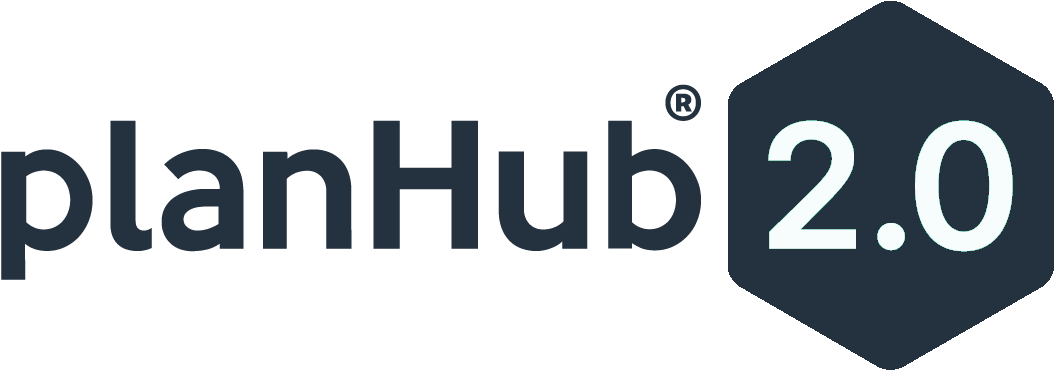The dual needs for improved infrastructure and affordable housing have created the perfect opportunity for automation in construction to increase productivity, even in the midst of a labor shortage. The American Society of Civil Engineers has estimated that there is a need for nearly $2.6 trillion in infrastructure investment required. According to the National Low Income Housing Coalition, the US needs 7 million rental homes to meet the affordable housing crisis. The construction industry cannot meet these needs with its current workforce producing at its current level. Construction industry trends show that automation may provide just the boost the industry needs.
Many think construction automation means robots are doing the work on-site. It can mean that, but it also has the potential to change everything about how buildings are designed and constructed.
Modeling and design
Building information modelling (BIM) and AutoCAD allow teams to build a project in cyberspace before breaking ground. The design is constructed digitally, allowing the team to notice conflicts and problems when fixing them is easier and less expensive. In addition, the process creates additional efficiencies by modeling the entire project as it progresses. It allows teams to see how changing sequencing or project phasing can help improve productivity and avoid delays, ultimately changing the normal construction schedule.
By changing from a site-specific building model to a manufacturing model, teams can create the opportunity for mass production of housing and building units. In its current form, it’s difficult for construction firms to take advantage of manufacturing efficiencies. Every project is different, from site conditions to design. By standardizing building units, the industry would be able to take advantage of manufacturing technology to speed up production.
However, the current construction work process, design-bid-build, doesn’t allow for this type of production thinking. When buildings are designed to be different from one another, it results in higher costs and longer construction schedules. The productization of building construction has the potential to reduce costs and speed up the construction process.
Production
As a result of the pandemic, many construction companies and jurisdictions adopted alternative ways to monitor work progress and ensure quality. For example, jurisdictional inspections were often performed by using video and photographs to document the work instead of sending an inspector to the site. In addition, smart contracts allow contractors to be paid automatically based on the progress of the work. Using the internet of things, cameras and other sensors can measure the work completed and trigger a payment automatically when certain thresholds are met. This reduces the need for paperwork and speeds up the payment process, ensuring that the project stays on schedule.
Robots are also being used on many construction projects. One such piece of equipment is able to lay 2000 bricks in a day when human workers only lays 400 bricks in a day. In addition, earthwork equipment is being equipped with GPS guidance systems that allow it to run almost driverless while achieving the necessary grades. In a bid to further reduce the number of construction workers required on a site, exoskeletons have been designed to help single operators handle heavy materials. This changes the current construction project management because it allows for increased productivity, as one person can now do the work that used to take two people.
3D printing is an innovation that has been around since the 1970s but is only now gaining traction in the construction industry. Currently, additive printers can create a concrete single-family home in just a few days with minimal crew required to monitor the work. If the industry shifts to a more standardized design, 3D printing has the capability to significantly increase the production of affordable housing.
Documentation
Every part of the construction process can be improved through the use of automation, even documentation. Construction contracts and projects are notorious for the amount of paperwork they create. By automating documentation processes, project teams can save time, reduce errors, and increase profits.
Subcontractor compliance tracking requires general contractors to track and notify subs when their licenses or insurance policies have expired. By automating the notification process, contractors can save administration time and expense. In addition, construction automation can help with repetitive data entry. Scanning documents and gathering the required data from them automatically reduces the time spent entering the information and prevents human errors from creating problems further down the line.
Automation also allows contractors to foresee potential risks on a project. By analyzing past project data, software systems can alert project teams when dangerous tasks are being performed or when conditions may create increased risks. This advanced warning allows teams to proactively address these potential risks, saving money on potential losses.
Conclusion
From design to construction, automation technology has the ability to improve the efficiency of the building process, make the work safer, and speed up the processing of payments and other documentation using general contractor software. All of this can help contractors increase their productivity without having to hire additional construction workers. The industry will need this increased efficiency to tackle the problems of tomorrow’s projects. If you’re interested for more information about automation, check out Planhub, a construction bidding website, where you can expand your network, find new construction projects, and get right to work.





